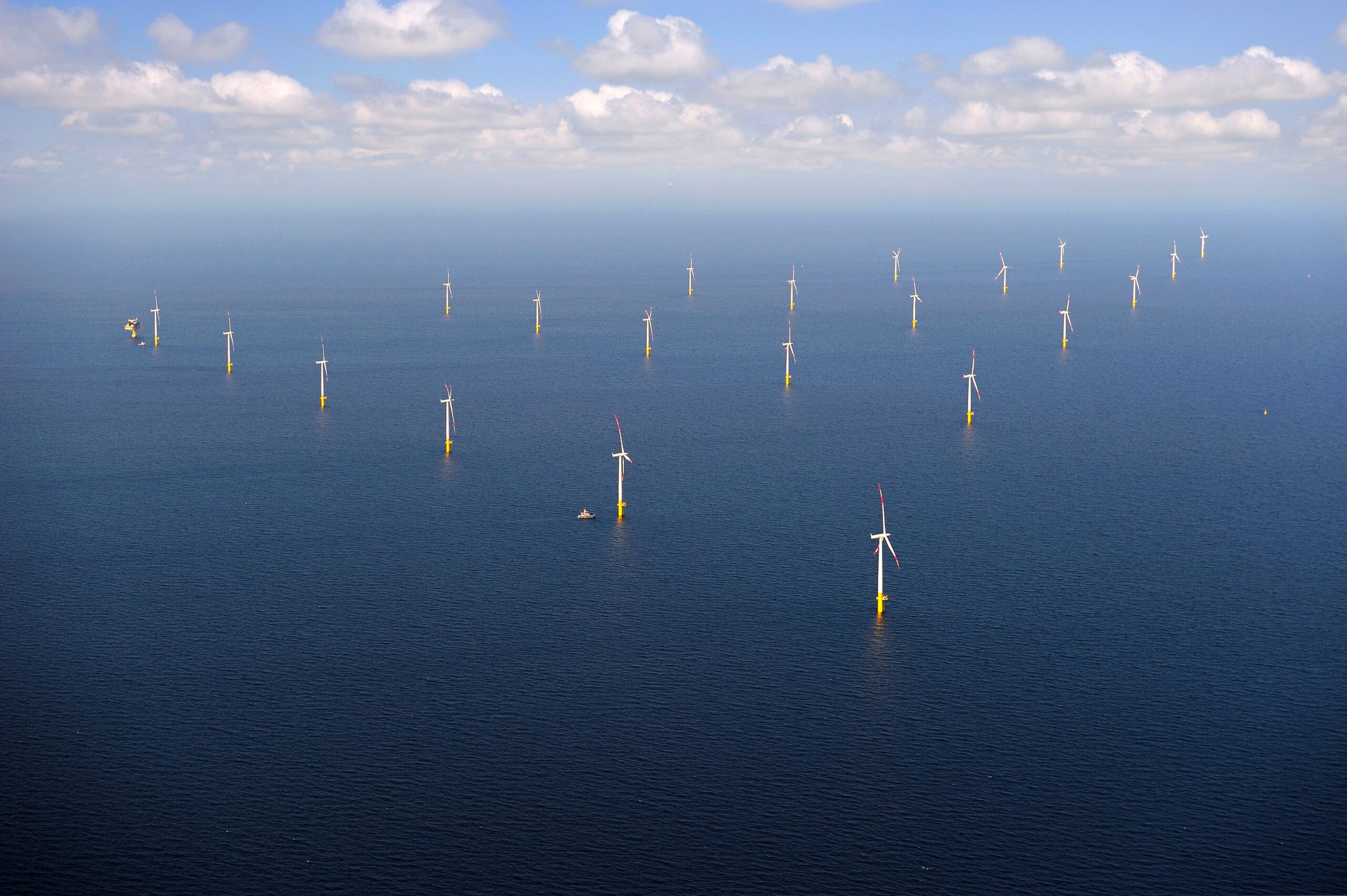
About Decarbonizing Europe
What does the Recovery and Resilience Facility entail?
The European Commission has made available an amount of 723.8 billion euros
to combat the consequences of the corona crisis and make Europe greener, cleaner, and future-proof. All member states have the opportunity to submit plans for disbursement from this Recovery and Resilience Facility.
Who is participating in the Recovery and Resilience Facility?
All the member states of the European Union. All member states? No, The Netherlands has not submitted plans as yet. Although, it became public knowledge at the end of January that hard work is going on behind the scenes in the Netherlands to secure some of those European billions.
What do the member states have to spend the money on?
At least 37 percent of the funding should be used for making their countries more sustainable and 20 percent for digitalization. In addition, there are also other key points:
– Smart, sustainable and inclusive growth
– Social and territorial cohesion
– Public health, economic, social, and institutional resilience
– Policy for future generations
What else is happening?
Apart from that, the EC has identified several so-called flagship areas:
– Power up
– Renovate
– Recharge and Refuel
– Connect
– Modernise
– Scale-up
– Reskill and upskill
What is Innovation Origins planning to do?
Over the next few months, we will be focusing on the implementation of these plans. We will be outlining what each country is doing to reduce CO₂ emissions, and we will be reporting on innovative projects. Infographics will allow you to compare the member states’ efforts with each other.
The European Union has stepped up its ambitions for 40 to 45 percent of its total energy consumption to be from green energy sources by 2030. Wind turbines play an important role. And because it is often difficult to make any headway on land due to permit procedures, and given that the wind simply blows hardest at sea, offshore power plants are very much up-and-coming.
It is no coincidence that Belgium, the Netherlands, Germany and Denmark recently unveiled ambitious plans for offshore wind farms. Capacity will have to reach 65 gigawatts in 2030 and 150 gigawatts in 2050. By way of comparison, offshore wind power plants in Europe only generated a total of 28 gigawatts last year.
Poland also has enormous potential. The Spanish energy giant Iberdrola has calculated that there is scope for 93 gigawatts worth of wind power plants in the Baltic Sea. Of which 28 gigawatts could come from Poland. As things stand, however, the counter is still stuck at zero.
Wind of Change
It is far too expensive – that was an argument often purported by the Polish government. But change is in the air and the Corona Recovery Fund (amounting to EUR 35.4 billion) is expected to make a substantial contribution. Poland is one of the last countries to have a plan approved for the corona relief fund. According to the International Energy Agency (IEA), the proposals submitted by the Warsaw government in Brussels indicate that part of the corona funds will go to the offshore wind industry.

According to the IEA, this comprises EUR 3.25 billion in subsidies for offshore wind and a further EUR 437 million for the infrastructure at ports where the electricity is to be brought ashore. At the moment, it would seem that this will be the port of Gdansk.
11 gigawatts
It is something for the long haul. Although there is plenty of interest from domestic and foreign investors, a lot still needs to be done before the first piles are driven into the water. The first offshore power plants are not expected to be connected to the grid before 2025.
To date, seven projects with a total capacity of 5.9 gigawatts have been approved, according to the IEA. The next tranche of projects (over five gigawatts) will be auctioned off to companies over the next few years and constructed over the next decade. The Polish government has announced that dozens of applications have already been received for these as well.
Subsidies
Investors are drawn literally from all corners of the world, attracted by a subsidy of up to 71 euros per megawatt hour of generated electricity. The subsidy comprises a minimum guaranteed price over a period of 25 years, independent of the market prices for electricity. The offshore infrastructure (cables, switching stations, islands and so on) will have to be paid for by the companies themselves. According to the Polish government, the total subsidy could reach EUR 7.8 billion by 2040.
Baltica 2 and 3
The two largest projects undertaken so far are Baltica 2 and Baltica 3, which have a combined capacity of 2.5 gigawatts. The power plants are run by a joint venture between the Danish energy company Ørsted and the Polish state-owned company PGE.
Then there is the second project, Baltic Power, with a capacity of 1.2 gigawatts, which was awarded to a joint venture between Canadian company Northland Power and Polish oil and gas company PKN Orlen.
In addition, Polenergia and Equinor of Norway have joined forces for the MFW Baltic II and III project (1.44 gigawatts). Germany’s RWE is investing in FEW Baltic II (0.35 gigawatt) and EDP Renewables and Engie (OW Ocean Winds) are investing in the BC Wind farm (0.37 gigawatt).




